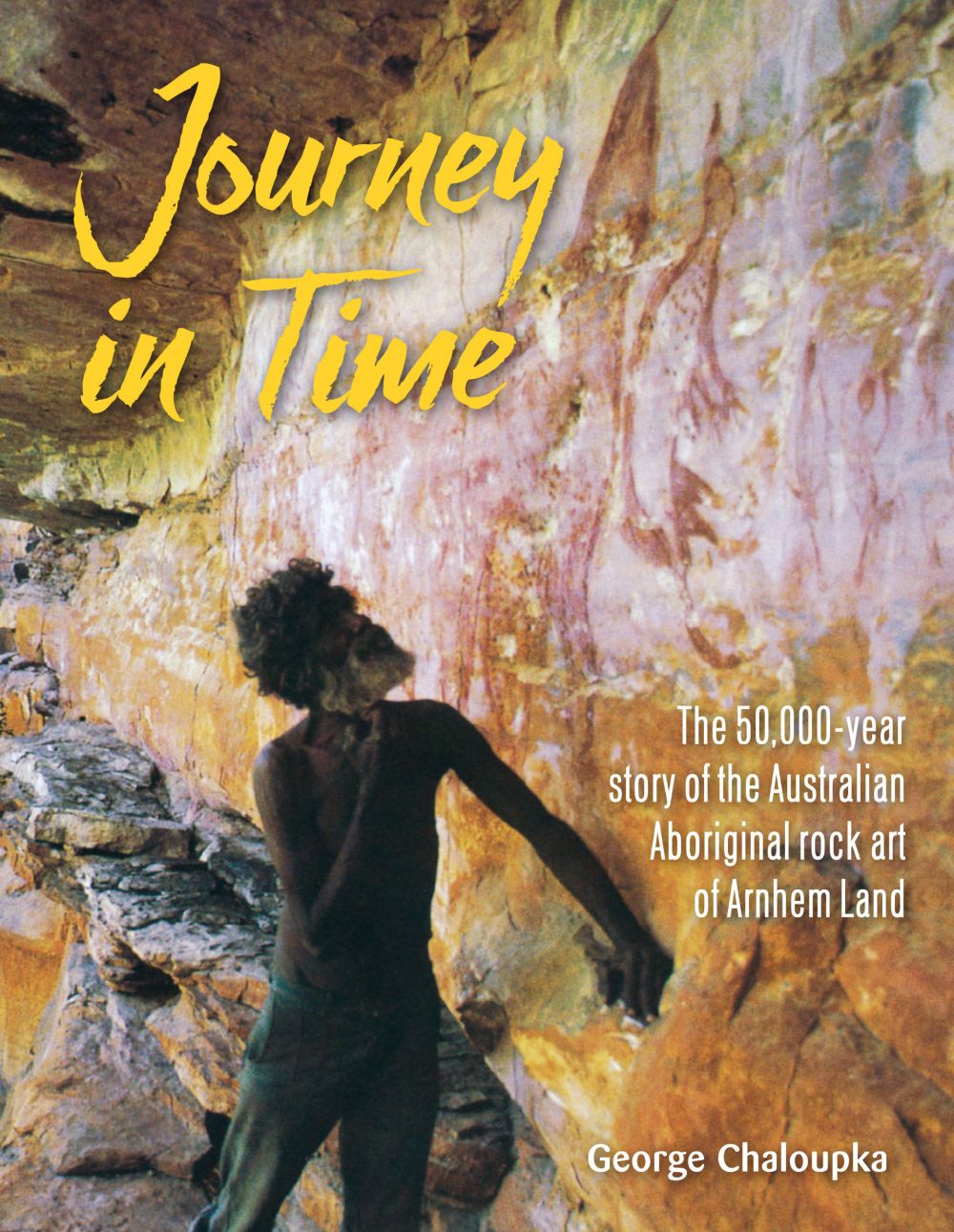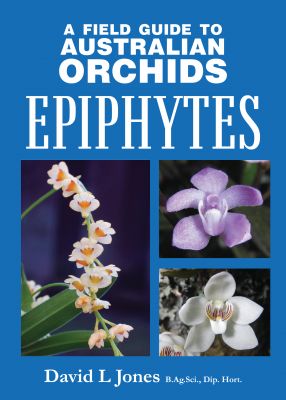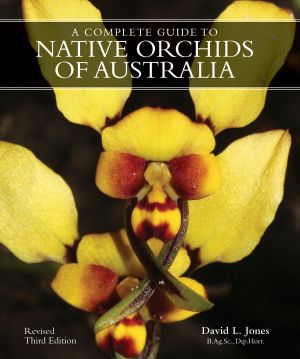Journey in Time
The 50,000 year story of the Australian Aboriginal rock art of Arnhem Land
| By | George Chaloupka |
|---|---|
| Format | Hardback |
| Page Extent | 388 |
| Book Size | 289 x 224 x 25 mm (H x W x D) |
| Imprint | New Holland Publishers |
| Release Date | 19 June 2023 |
| Subject Classification | History of art / art & design styles / History of art: pre-history |
This is the 50,000-year story of the Australian Aboriginal rock art of Arnhem Land.
Aboriginal rock art, as practised in Arnhem Land, is the world's longest continuing art tradition. It is a tradition that is not merely decorative, but provides a "journey in time" - a pictorial record of the longest surviving culture on earth. Occurring at thousands of different sites, and of many different styles, the rock paintings of this region date from at least 30,000 years ago, and some may have been in place as early as 50,000 years ago.
The oldest galleries pre-date the Hall of Bulls and Lascaux in France. This book explores the depth and complexity of this art tradition and gives insight into the aesthetic and cultural worlds of the people who created it.
Journey in Time has been written and illustrated with the permission of the Gagudju people, the traditional owners of the land.
George Chaloupka
George Chaloupka OAM, FAHA (1932–2011) was internationally acknowledged as a leading authority in the field of rock art. Born in Czechoslovakia in 1932, Dr Chaloupka migrated to Australia in 1950, settling in Darwin in 1956. While working as a government hydrologist, he had the opportunity to see all parts of the Top End, including the magnificent galleries of rock paintings in Arnhem Land. An accomplished artist in his own right, he immediately perceived the importance of the vast cultural record preserved in this rock art., George Chaloupka OAM, FAHA (1932–2011) was internationally acknowledged as a leading authority in the field of rock art. Born in Czechoslovakia in 1932, Dr Chaloupka migrated to Australia in 1950, settling in Darwin in 1956. While working as a government hydrologist, he had the opportunity to see all parts of the Top End, including the magnificent galleries of rock paintings in Arnhem Land. An accomplished artist in his own right, he immediately perceived the importance of the vast cultural record preserved in this rock art, and in his spare time began locating and recording both sites and individual works.









